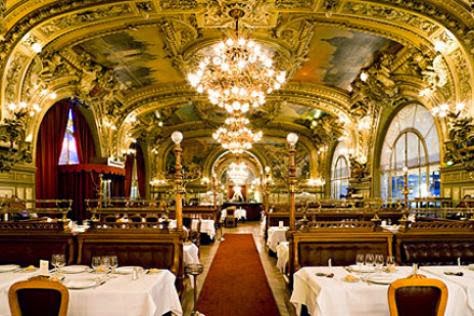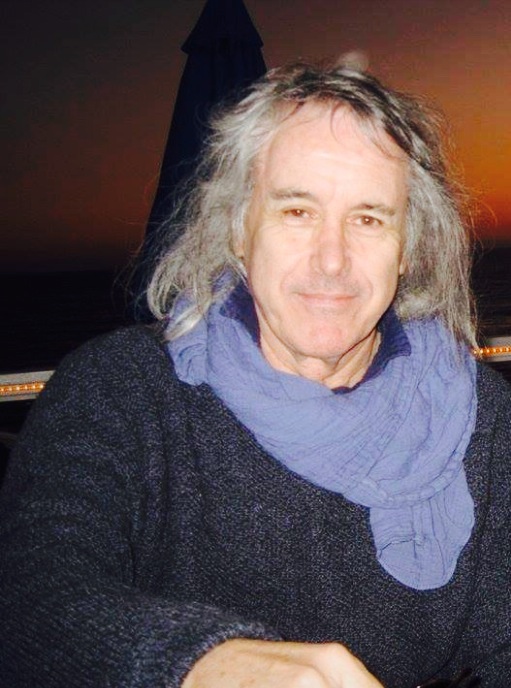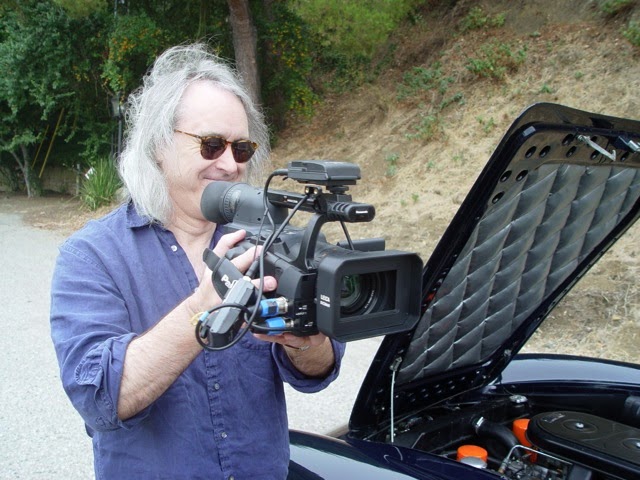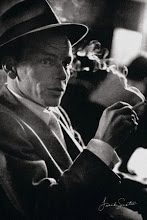Thursday, June 19, 2014
Audiences remember what they didn't expect to see...
One of the more interesting restaurants I've enjoyed over the years was located in Paris though the one I am thinking of was not any of those that 'auditioned' their specialties to my partner and me when we were preparing The French Chef, as delectable as they were. In my Skype sessions, I tell actors that audiences remember what they didn't expect to see. This serves as a reminder that a performance should avoid predictability and present something new and nuanced that becomes memorable rather than banal. This also applies to restaurants.
When I was shooting Point of Departure, I filmed in some of my favorite cities--Paris, Cannes, Milan, Venice and (though it is not a city, but feels like one) Monaco. The film was shot 'guerilla-style' filming where ever I saw interesting locations and using the celebrated French Système D to get things that ordinarily weren't on offer or easily acquired. My dinner conversations with Jean Collomb and reading William Friedkin's The Friedkin Connection informs me that Claude Lelouch and William Friedkin use the same method in spite of the fact of having larger budgets. If there is a cinematic syntax in what a filmmaker puts on the screen, perhaps there is also a cinematic language in the way he or she shoots the footage.
In any case, I found myself shooting a variety of locations around Paris revisiting Montmartre where I made The French Chef and my earlier film Montmartre. I shot footage in the Cimetière Montmartre where the graves of Edgar Degas, Jacques Offenbach, Heinrich Heine, Hector Berlioz, Nijinsky, Stendhal, Francois Truffaut and Emile Zola can be found wherein my leading lady visits the grave site of someone dear to her--this as the taxi driver is waiting to take us to the airport (!!).
Our base was the hotel Georges V where I shot scenes in the suite and made daily trips to various parts of Paris at various times of the day or night to get interesting backdrops for the action. I remember sitting late at night in the middle of the Champs-Élysées with cars passing on either side of me as I filmed the leading lady crossing the grand avenue with the lighted Arc de Triomphe behind her. On another occasion, I took two actors on the spur of the moment and booked us onto the high-speed train from Paris to Montpellier where I shot scenes with them in the first class compartment on the train and later in the station at Montpellier working these locations into the story of a woman on a quest to find her missing husband.
Trains and train stations figured largely in the story of our heroine's search. I shot in the magnificent cathedral that is the Stazione Centrale di Milano originally built in 1864, remembering as I was filming our scenes a bit of real-life drama that my father and I had witnessed there at four in the morning decades earlier. It was at a train station in Paris that I experienced the unexpected, however.
The Gare de Lyon was built for the World Exposition of 1900 and its architecture has not been modernized featuring a clock tower reminiscent of the famous London tower that houses Big Ben. It was there that, after shooting the scenes of my actors in, on and around the trains, I discovered something extraordinary. Le Train Bleu restaurant.
Imagine a plush and ornate restaurant from the Belle Epoque looking as though it belonged in a world class hotel or chateau rather than a train station. It brought forth images from Agatha Christie's Murder on the Orient Express. Not only did I want to shoot in this amazing restaurant, I wanted to dine there as well. So, we did. One of the actors received a phone call beckoning him to some emergency that required his attention, so I had the leading lady order a most sumptuous dessert as only the French can make and filmed her as she ate it slowly, in the hope that her husband would join her. In the story, they had already missed their first connection and this, I decided, would be the fall-back rendezvous. As she slowly ate this incredible pastry and sipped her tea served in what looked like fine bone china, the hope of his coming to meet her begins to fade and, without a word spoken, she has descended into the despair of knowing that she is likely never to see him again.
Though unforeseen and unplanned, the scene in Le Train Bleu was pivotal to the film, as it was the heroine's rejection of the emotion that came over her as she sat alone at her table that drove her actions for the rest of the picture. Not only did I get a good scene for my movie, I had an excellent meal in the bargain--this thanks to my saying to my actors, "Wait here while I see what's upstairs."
I wasn't expecting to see such a lavish establishment in a train station which made it all the more memorable.
Subscribe to:
Post Comments (Atom)


























































No comments:
Post a Comment